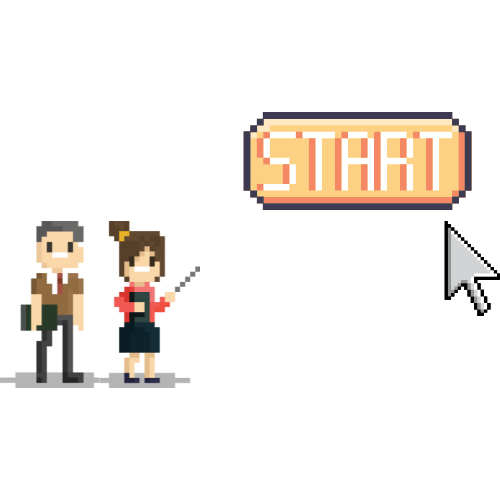Each two-hour Strategy Quest session represents the equivalent of a full year of business operations. Every session is critical, and time pressure is built into the experience, requiring teams to think fast, collaborate effectively, and make strategic decisions under uncertainty.
The Structure of a Session
Each session follows a structured flow to mirror real-world decision-making:
1. Receiving New Inputs
• The session begins with feedback from the board on last week’s decisions and strategy.
• Participants will review new developments, including economic shifts, stakeholder updates, competitor moves, and internal challenges.
• These inputs set the stage for the team’s next set of decisions.
2. Analysis & Decision-Making
• Teams must quickly interpret updates, assess their impact, and discuss potential actions.
• Negotiation, risk assessment, and adaptation play a central role in shaping decisions.
• Some sessions may require updating a simplified financial budget or P&L, adding another layer of complexity.
• Time pressure means teams must work efficiently and creatively, ensuring discussions remain focused and actionable.
3. Delivering Decisions
• Teams submit their strategic decisions and justifications to the executive committee.
• Persuasion is key—teams must defend their choices and demonstrate why their strategy is the right one.
• Occasionally, additional deliverables may be required, but the core challenge remains: analyze, strategize, decide, and act within the session.
The Tools & Environment
Since Strategy Quest is fully online, sessions take place on platforms like Zoom or Microsoft Teams. Teams can:
• Break into smaller groups using virtual breakout rooms.
• Use collaborative tools like Miro or MURAL for brainstorming.
• Leverage AI tools such as ChatGPT or Perplexity to accelerate analysis and decision-making.
All final decisions and deliverables must be submitted through a secure interface designed for Strategy Quest.
The Challenge of Time
Two hours can feel both long and short—long enough to make impactful decisions, yet short enough to create urgency. As the Quest progresses, participants will face increasing complexity, larger data sets, and tougher strategic dilemmas.
Teams must be agile, decisive, and strategic, ensuring that they submit all deliverables within the session’s timeframe. Creativity in problem-solving and efficiency in execution will be key to success.

